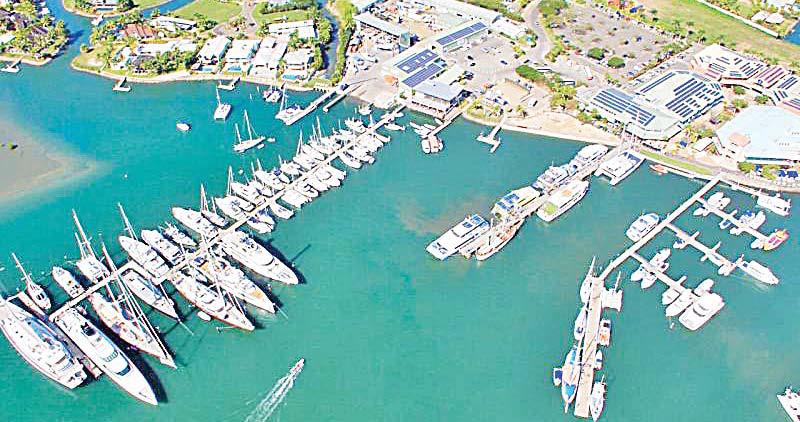AN estimated 721 visiting yachts were in Fiji during 2018 which was made up of 54 superyacht and 667 yachts under 24metres.
According to the Economic Impact of international yachting in Fiji report, the visiting yachts brought 1963 crew and an additional 2510 guests to Fiji (most of whom would have flown in and out while in Fiji).
The report revealed that the average superyacht remained in Fiji for 82 days, while the average yacht under 24m stayed 137 days.
It was highlighted that the average superyacht spent a total of around $167,000 during their time in Fiji, giving an overall superyacht direct spend of $9.036 million.
Data analyzed during the study show that each yacht under 24m spent $31,000 while in Fiji, with an overall direct spend of $20.1m.
According to the report the $34.9m foreign exchange was spent directly into Fiji businesses and communities for fuel, maintenance, dockage, food provisioning, restaurants, bars as well as cultural visits and a range of other tourism activities.
It was also highlighted that while most of the big spend was focused on the main yachting centres (Denarau, Vuda, Savusavu), impacts would also have been spread across many remoter parts of Fiji visited by yachts.
“These are communities that don’t usually benefit from general tourism impacts,” said the report.
The report focused on the source of the visiting yachts and revealed that most visiting yachts come from New Zealand, Australia, Europe or the United States and they are very much driven by the seasons with numbers dwindling significantly during cyclone season.
The report highlighted the three basic migration patterns which bring yachts to Fiji:
- Superyachts have diverse route patterns as are less dependent on prevailing weather patterns and largely driven by remote owner’s wishes.
- The majority of yachts base themselves out of one of the yachting centres and cruise out to a number of cruising areas.
- They regularly return to the yachting centres for fuel, provisioning and guest transfers. Just over $7m per year is spent on running and maintaining yachts fuel and marinas are the biggest spend items. n $2m is spent on boatyard services.
- A further $1m is spent on equipment maintenance services. Data on migration patterns was available for 31 of the visiting superyachts. Routes are more significantly more diverse and less trade wind dependent than for yachts under 24m:
- The east/west axis is more prominent than the axis down to New Zealand, although this may be more likely to reflect local tropical cruising patterns than a preference for Australia or New Zealand routes;
- 17 superyachts out of 31 arrived from the east, of which 9 continued on west;
- Superyachts are more likely to cruise against the trade wind patterns with 9 out of the 31 yachts having some west to east movement; and
- 40 per cent of the superyachts which visited Fiji in 2018 are now in New Zealand, 30 per cent are now in Australia.
Survey results for superyachts – areas visited across Fiji The Denarau and western islands are the most visited parts of Fiji for the 31 superyachts for which data is available.
It was revealed that Savusavu was of little importance to the superyachts although this may change with the opening of a new marina facility there. Superyachts visit all of the four cruising areas previously identified for the yachts under 24m:
- The heart of the cruising is between Denarau/Vuda, Manamucas, and Yasawas;
- 10 of the 31 Superyachts reported visiting Taveuni;
- 10 superyachts visited Lau; and
- Beqa/Kadavu received 11 superyachts, however there were no reported visits to Suva.



